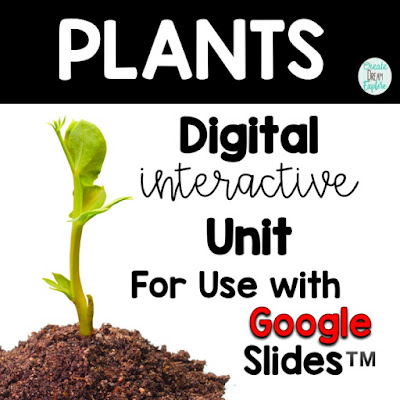I love to start an inquiry with my students by bringing something into the classroom, setting it in the middle of our circle and letting them share what they are wondering or what they think we’re going to be learning about. It creates even more wonder and engagement.
After a few minutes I share where the little packets of seeds came from and what they are for.
What is the Tomatosphere?
Tomatosphere is a Canadian run initiative but they ship their seeds to the United States as well. It is a totally free program where students get to investigate the effects of outer space on seed germination. Students record their results at the end of the experiment and their results help scientists learn about issues regarding long-term space exploration.
When you tell your students that they are helping real scientists learn about space exploration they get pretty excited and they take their “job” seriously!
How the Tomatosphere science program works:
You can see that our seeds are planted in peet pucks. We used these ones:
The peet pucks are so easy to use, you just add water and they expand, then you stick one seed in each peet puck. This is how they look after you add water (this one has a seed that germinated and has begun to grow).
Throughout the experiment I had my students record their observations and then we would have discussions about their predictions. It was interesting to talk about which set we thought had been in outer space and which ones were the control seeds.
Before they began recording observations I asked them, “What do you think scientists write about? How can we write like a scientist?”. This is what they came up with to help guide their observations:
They didn’t write each of these things every time they did observations but they kept our anchor chart in mind. On the first day we wrote about the steps for the experiment and materials needed. Then throughout their observations they would add diagrams, notes, etc. They really felt like scientists.
The experiment is very engaging because we started to see the plants grow within the first week. We set them by the window in my classroom. Each morning students would come in to check on the changes. A couple of times per week my students recorded their observations in their plant observation booklet. We even tied it into math and recorded measurements. Which set had the tallest plant? Which set has the most germinated seeds? Which set has the shortest plant?
When the experiment was done, each student got to take a tomato plant home. We were lucky to have so many that germinated.
The final part of the experiment is to go to the Tomatosphere website to record their results. Once they do that they get to find out which set were the space seeds and which ones were the control seeds. They also get to find out the overall results from all participants.
This is such a great experience for your students and I highly recommend it!
If you missed the link to sign up, CLICK HERE
If you’re looking for other Plants resources you can check out my digital Plants hyperlinked resource:
DON’T MISS OUT!
By signing up you will get access to teaching ideas, tips, blog updates and exclusive FREE resources!













Love this! I am going to use the digital resource with my students. My question is for the poster that they design at the end, do you have any examples of kids work? Thanks so much!!